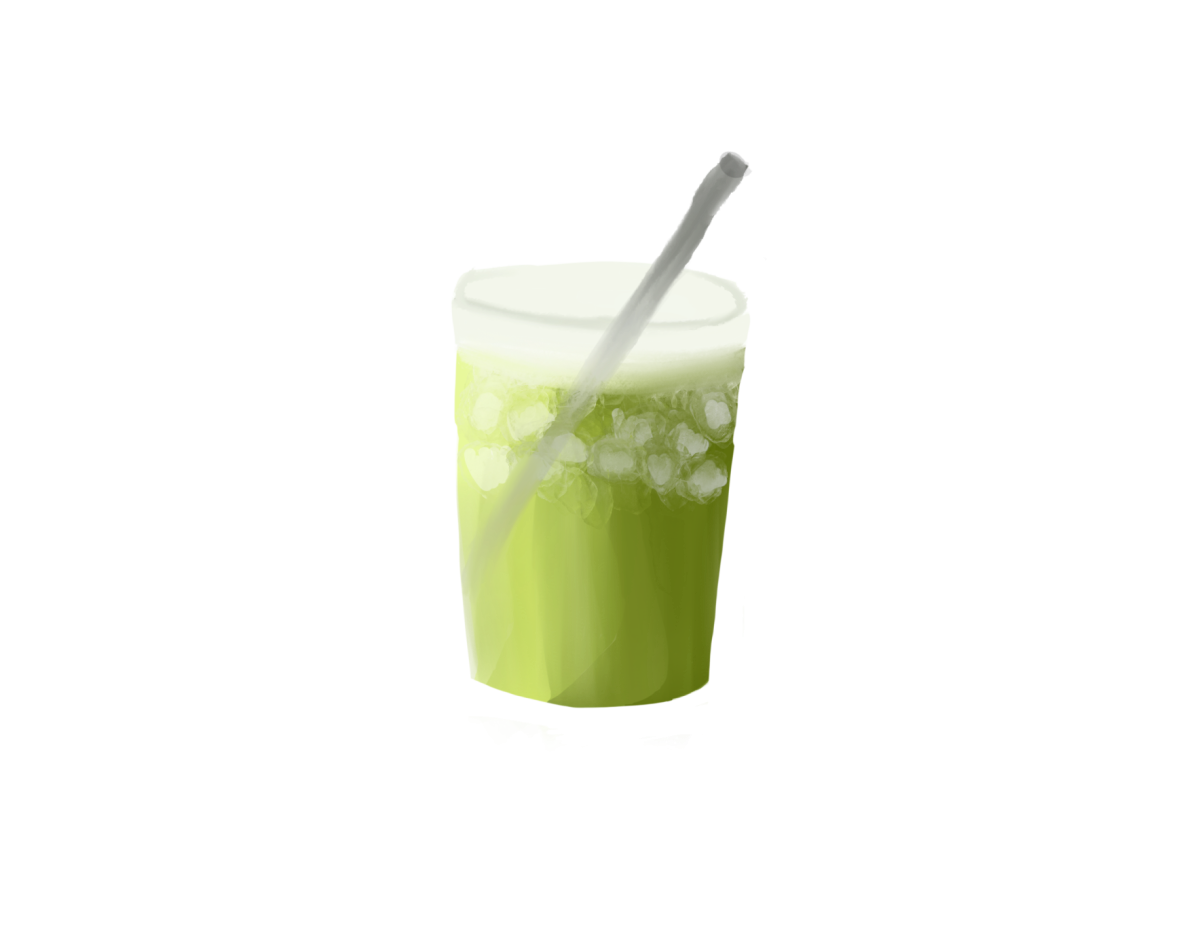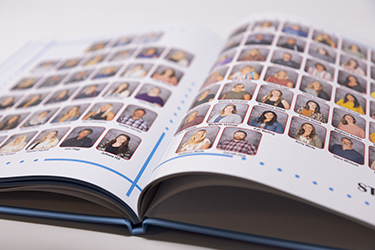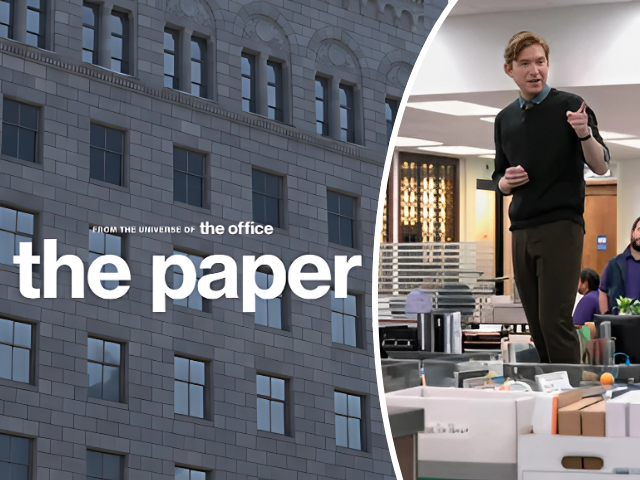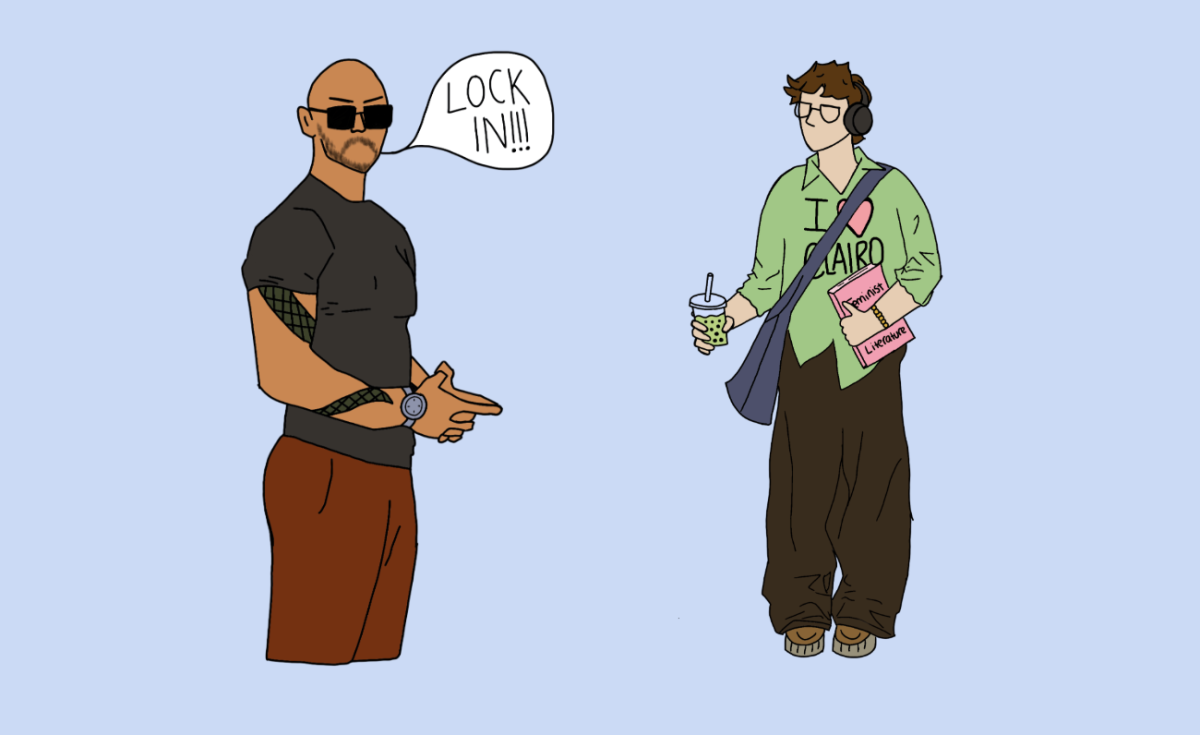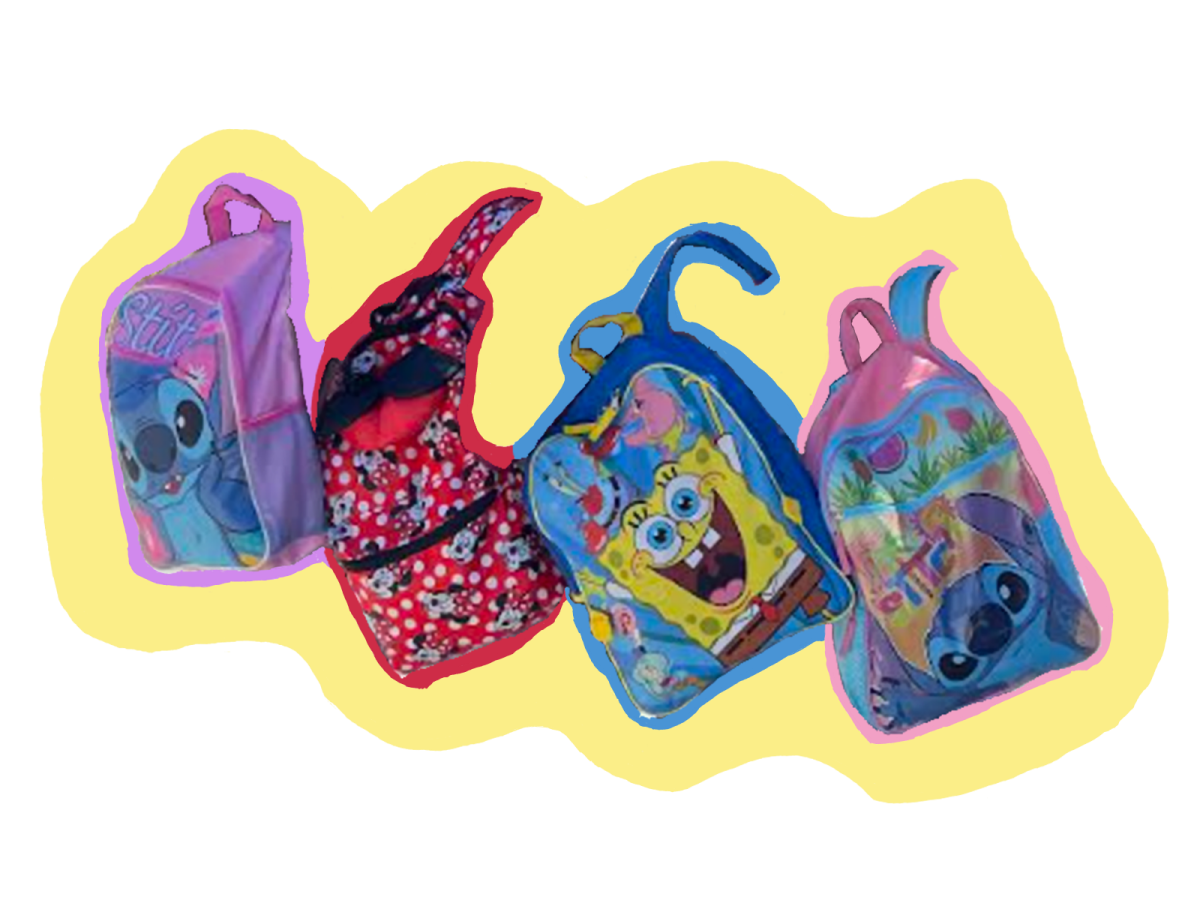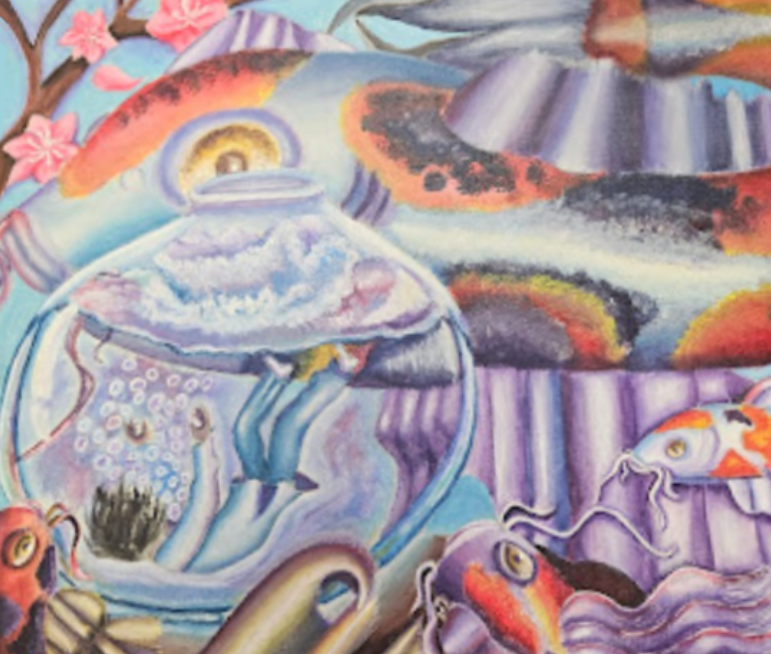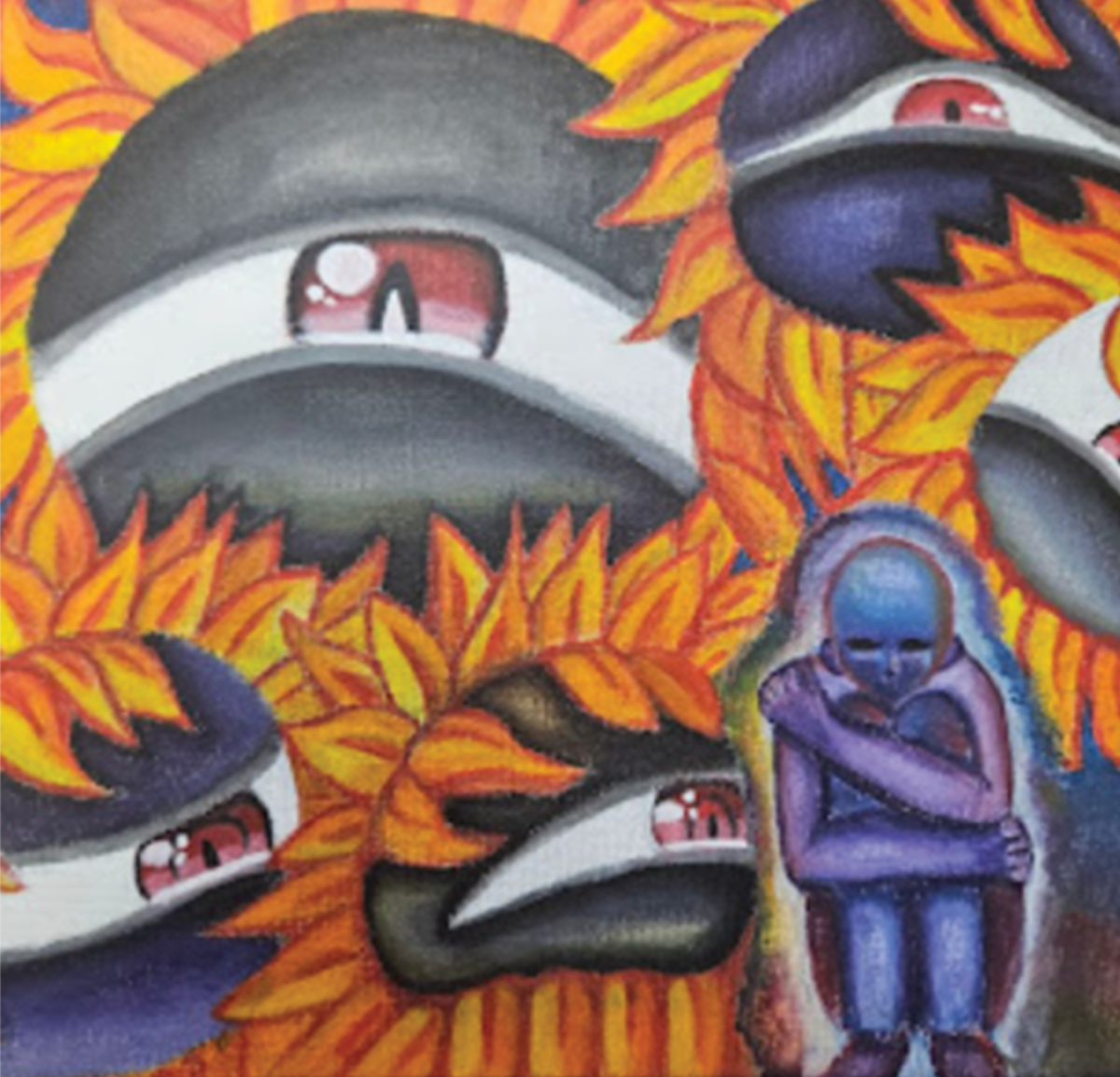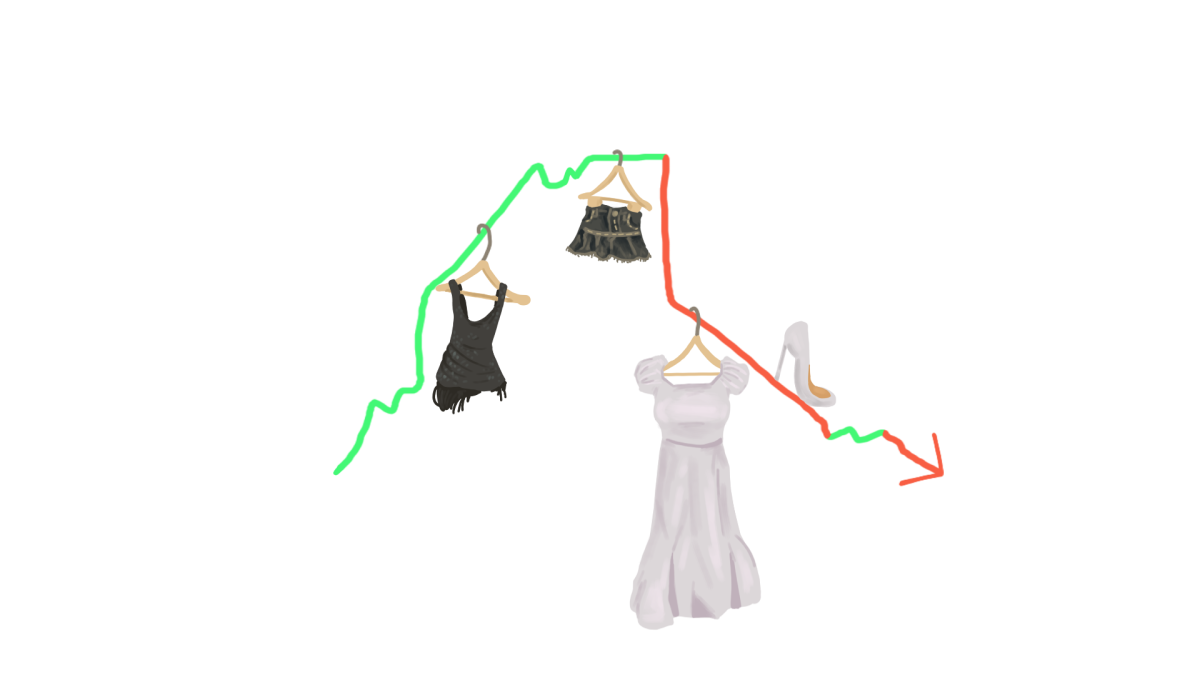What starts off as a 15-second TikTok recipe can quickly turn into a global obsession. With a rapid drainage of supplies and inflating prices, social media is slowly changing the way we eat. From matcha lattes to pistachio-stuffed chocolates, viral food trends are not just fostering new cravings, but they are shaking up the supply chain. This leads to the important question: Is this hype harmless fun, or are we consuming more than we realize?
Food trends refer to a shift or change in consumer preferences, behaviors and consumption patterns related to food and beverages. Although this may not seem like a major issue, when food trends are posted on social media for the world to see, numbers tend to spike. Especially when famous influencers get involved, trends like these tend to accelerate faster and travel further.
For example, the recent trend of the Dubai chocolate — a chocolate bar filled with pistachio cream and shredded pastry layers, known as kataifi — has become a viral sensation. So much so, that it has even impacted chocolate manufacturers and retailers globally, leading to a shortage in pistachios and even an increase in demand for similar products. According to NDTV, prices of pistachio kernels have surged from around $7.65 per pound a year ago to around $10.30 a pound now. According to the Food Network, even Costco has hopped on to the trend, releasing a Dubai chocolate-inspired ice cream bar. With Dubai chocolate becoming a symbol of luxury and aesthetic appeal, it is easy to forget the strain that it puts on the ingredients’ supply chains. According to the Food Network, even Costco has hopped on to the trend, releasing a Dubai chocolate-inspired ice cream bar.
“Although I love sweets and enjoy eating chocolate, I feel that trends like these are overhyped and [unnecessarily repeated],” FHS freshman Haru Duus said.
Furthermore, this is not the first time that the popularity of a certain food product has spiraled out of control. Another example is matcha. What was once a niche drink found in tea houses soon has become a staple in cafes and kitchens around the world. As social media users started showcasing matcha lattes, cakes and skincare products, matcha exports surged. Just like with the Dubai chocolates, this caused supply shortages and increased the cost of high quality matcha powder. According to CBS News, this can be seen as there was a 24% tariff placed on Japanese imports, which is expected to make matcha more expensive.
“I don’t think I would try trendy food if it was harming the environment, because there’s already a lot of climate change,” FHS freshman Katylen Thomas said. “[However], I think the food trends are fun if done correctly, and are worth trying as long as they are not wasteful.”
As fun and tasty as these food trends may be, they come with consequences that often go unnoticed. From shortages to sustainability concerns, our cravings can create ripple effects across industries. The next time a treat goes viral, it is worth asking: Is this just another harmless trend, or a signal of deeper issues in how we consume food in the digital age?


